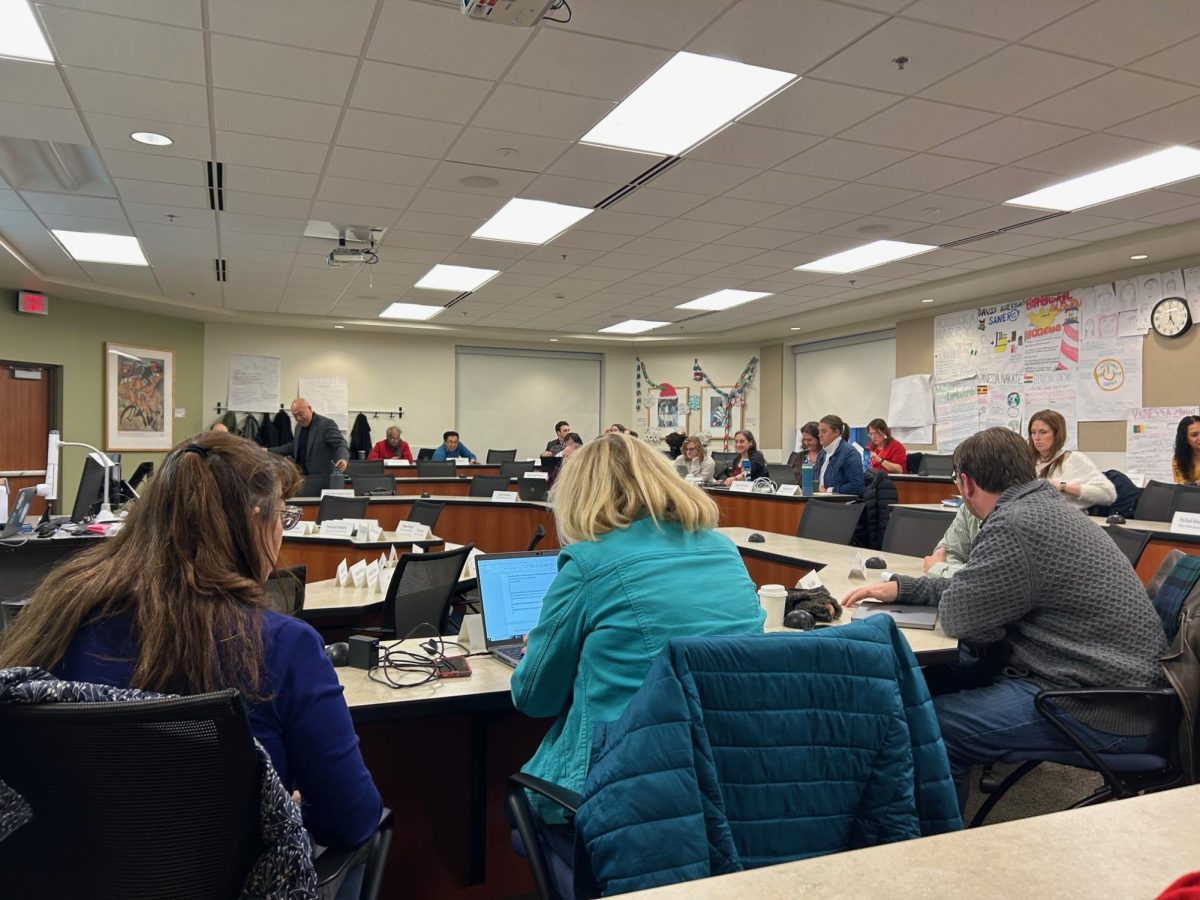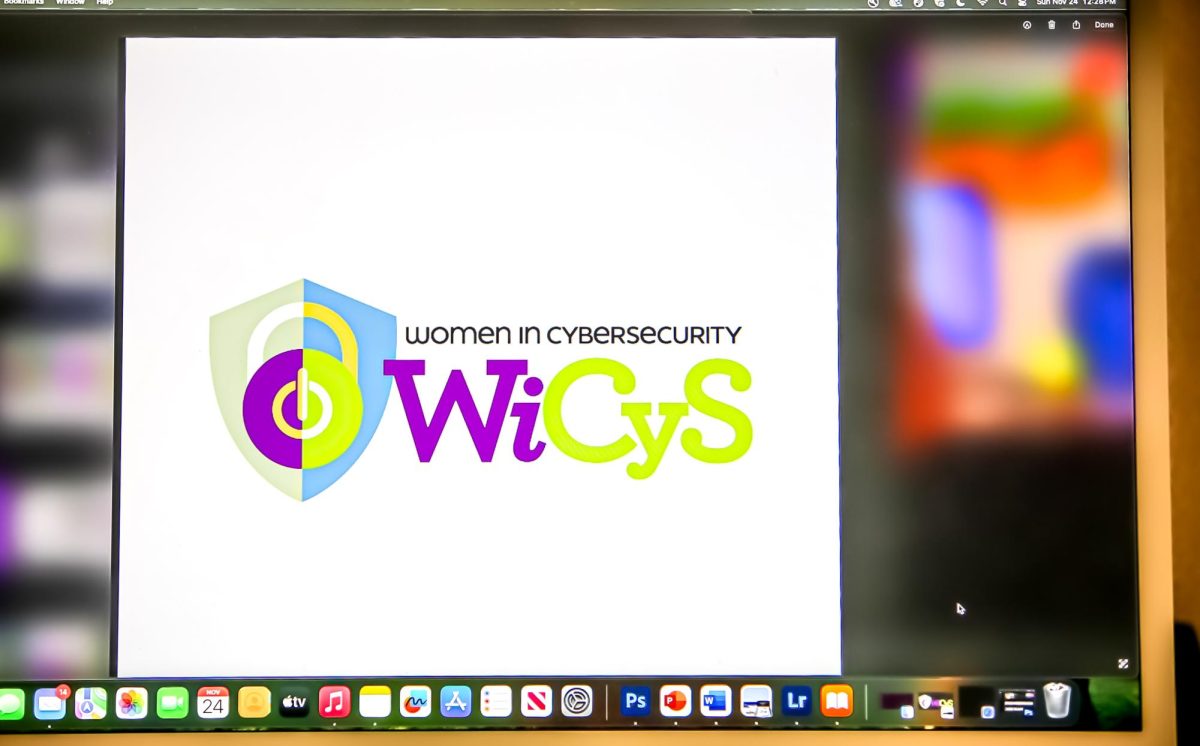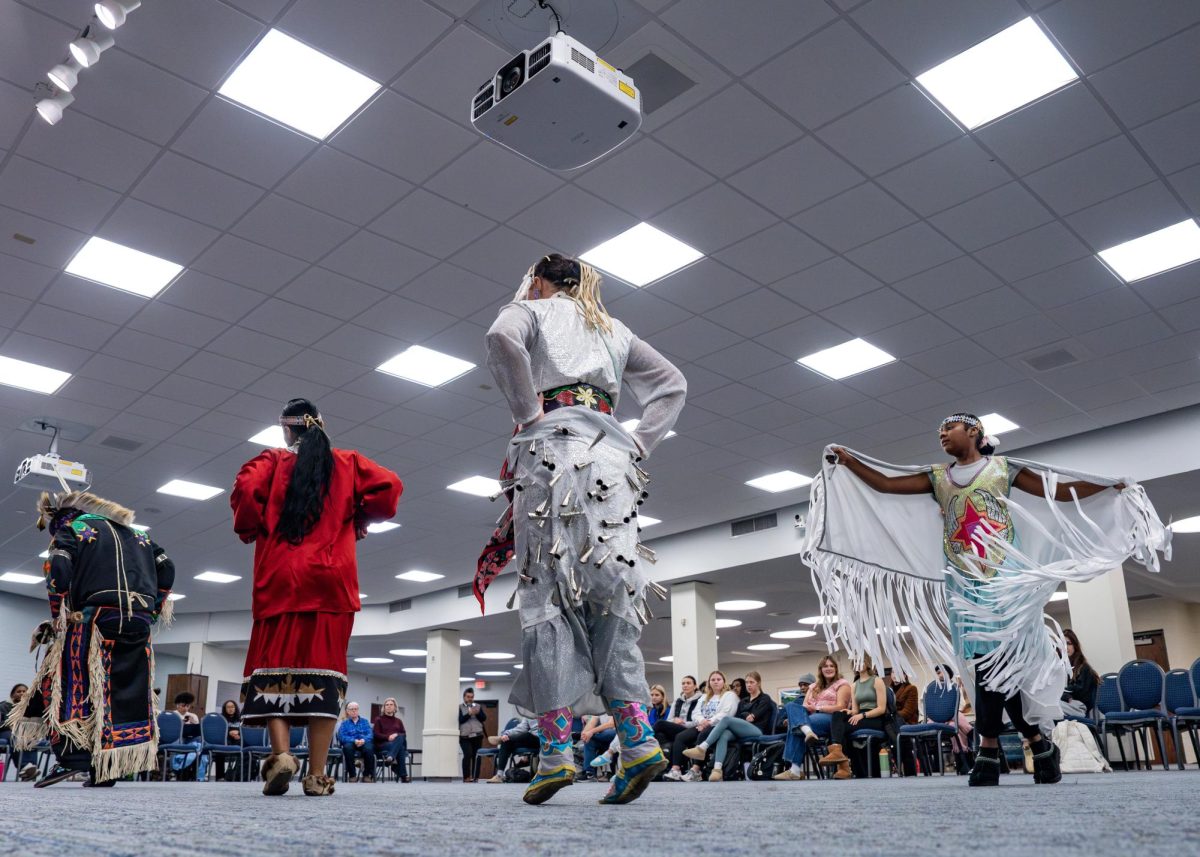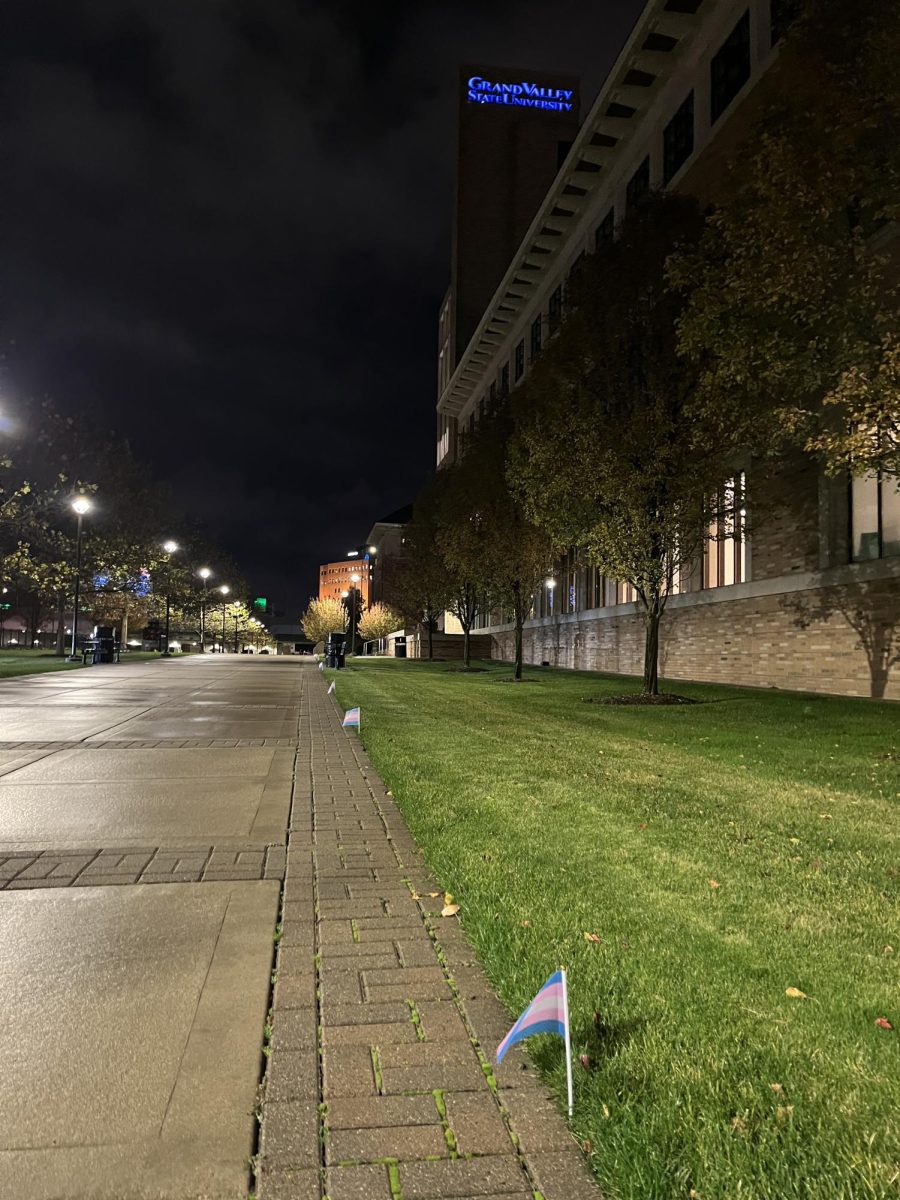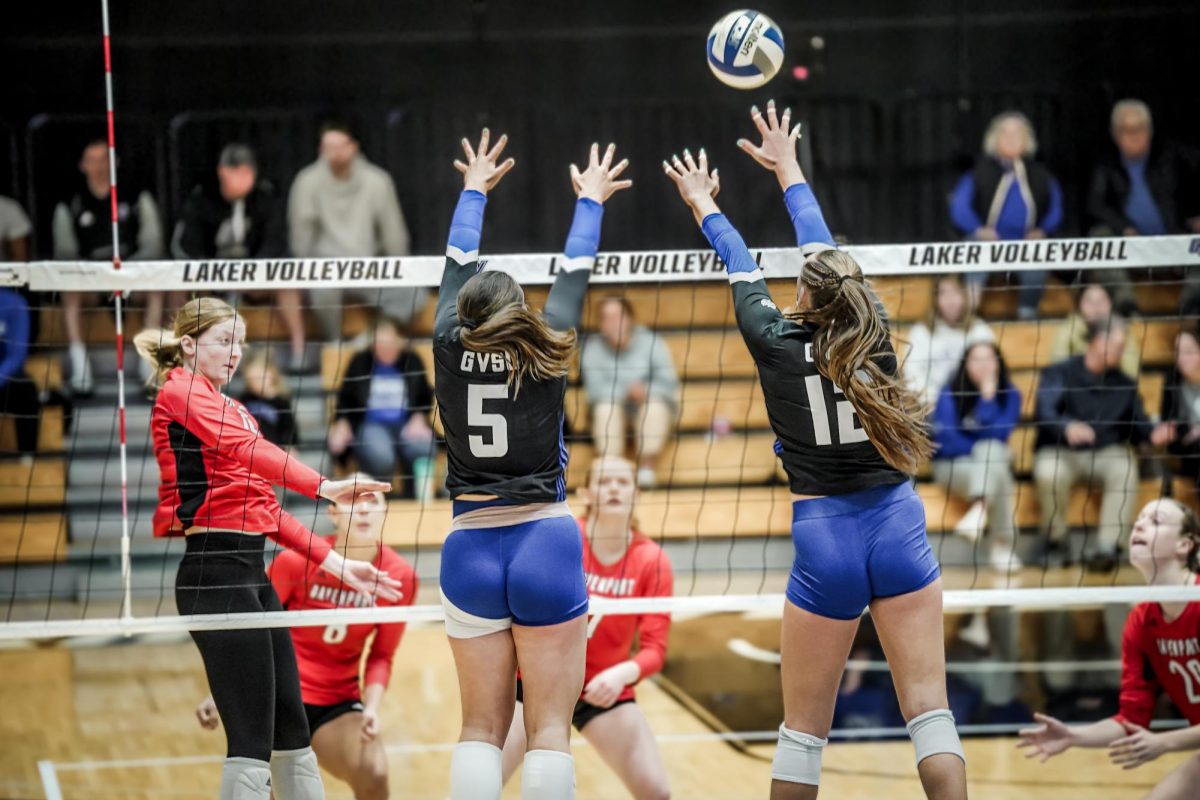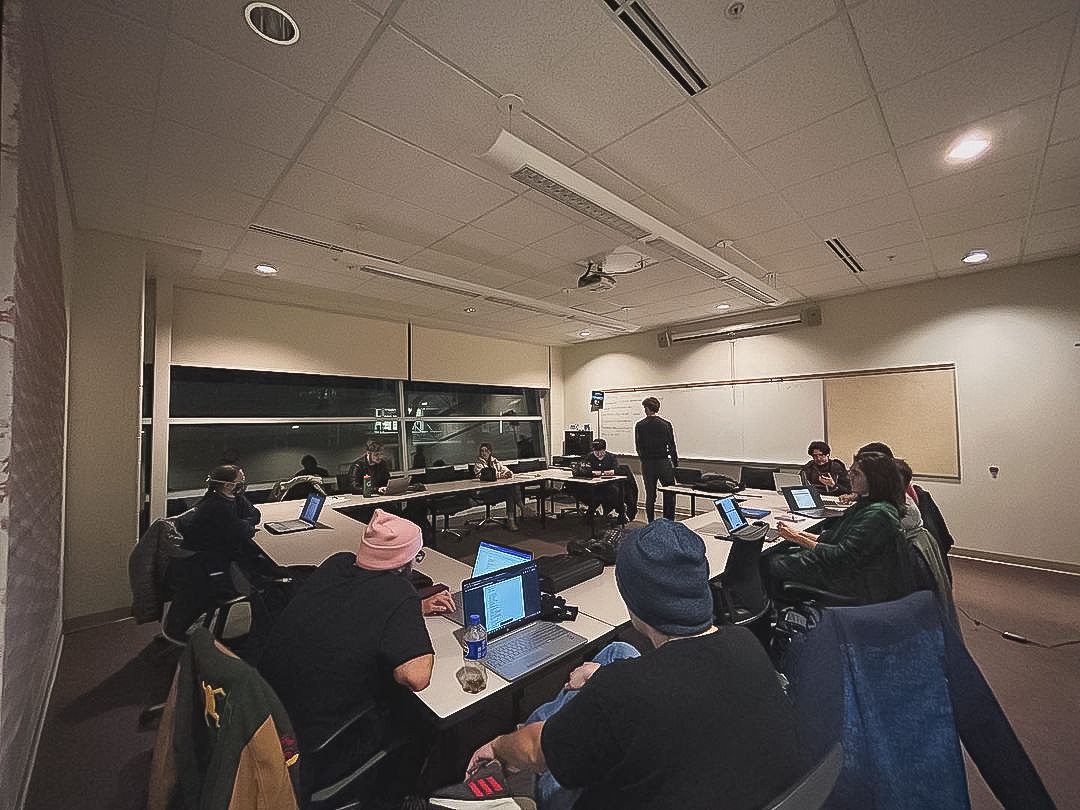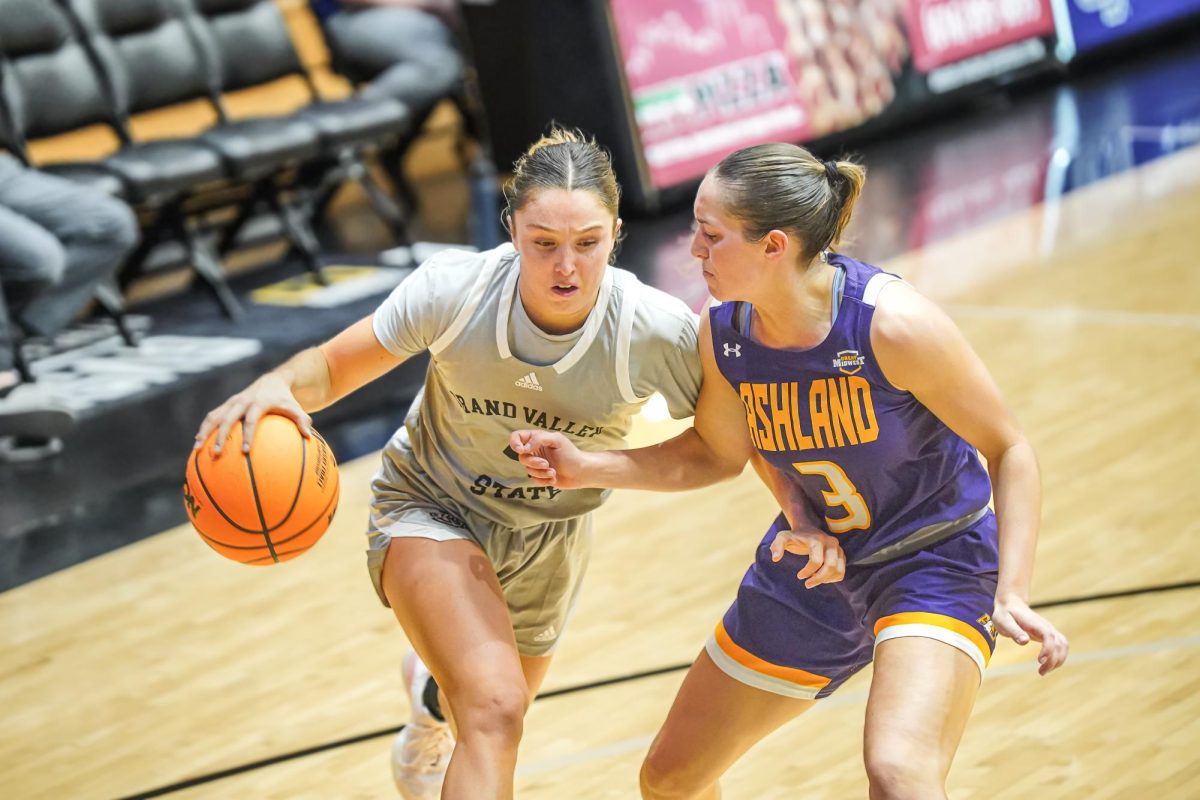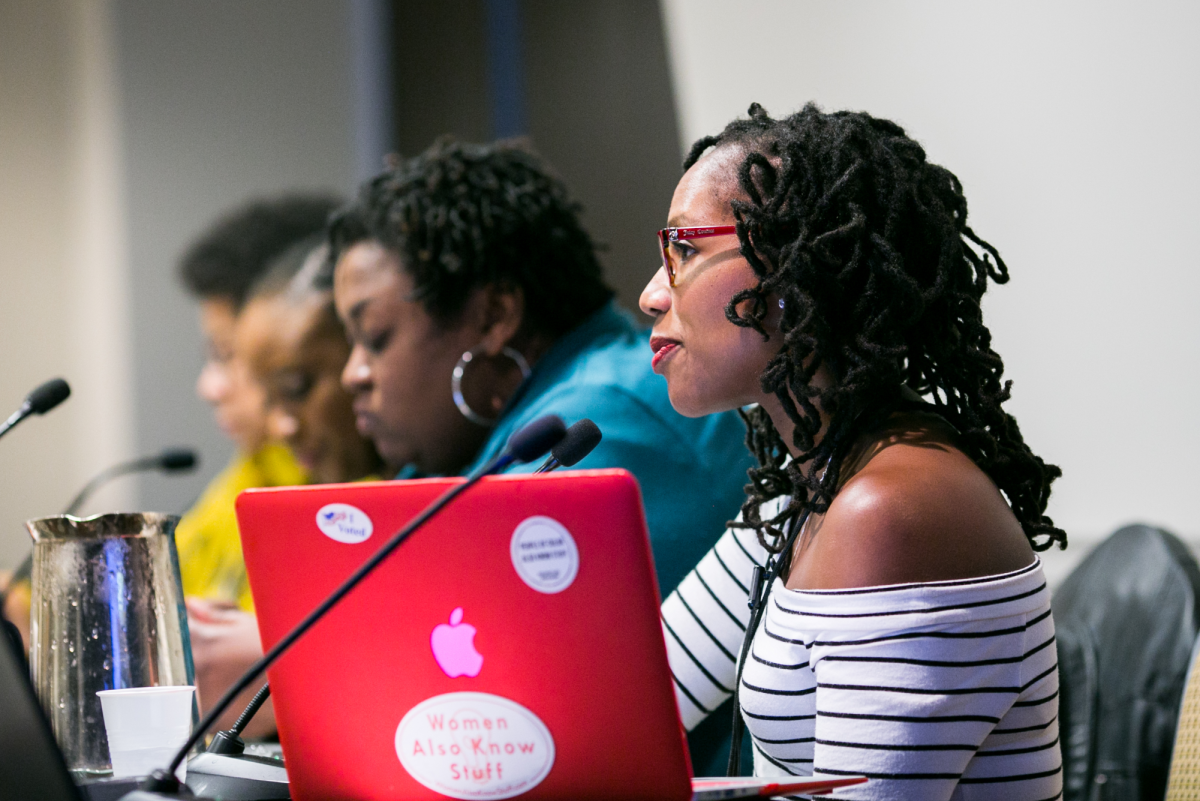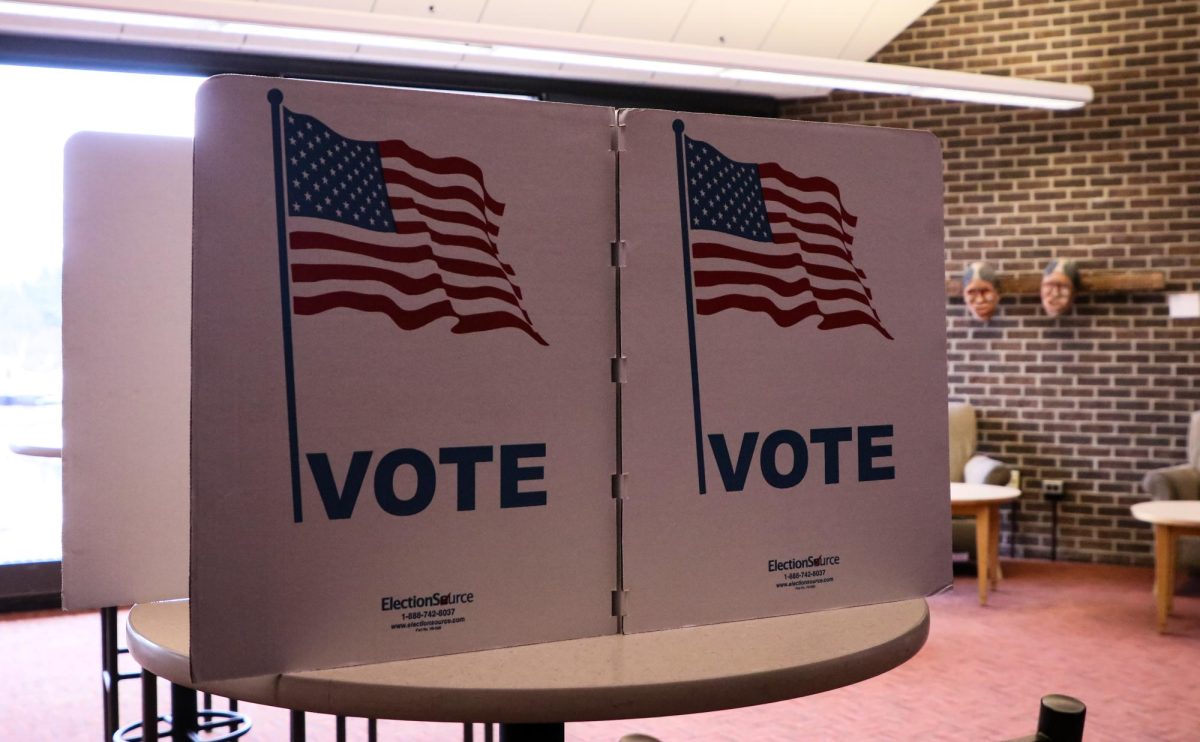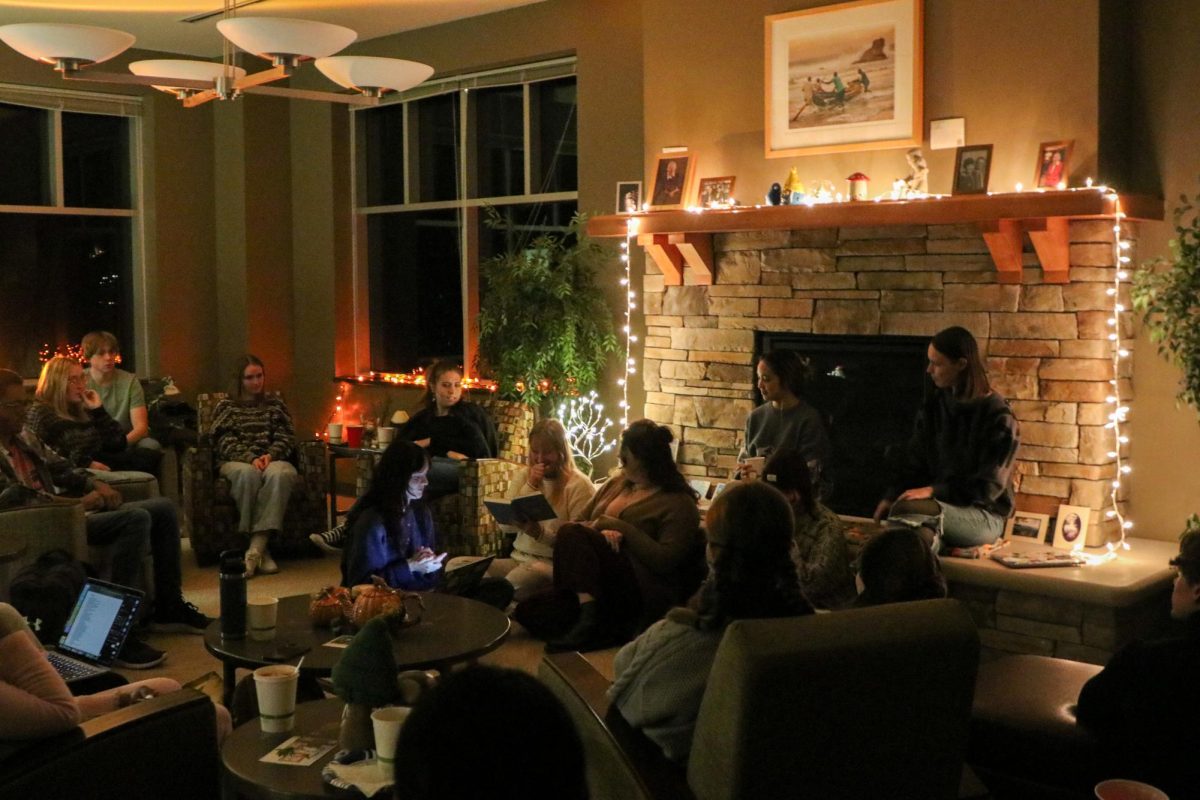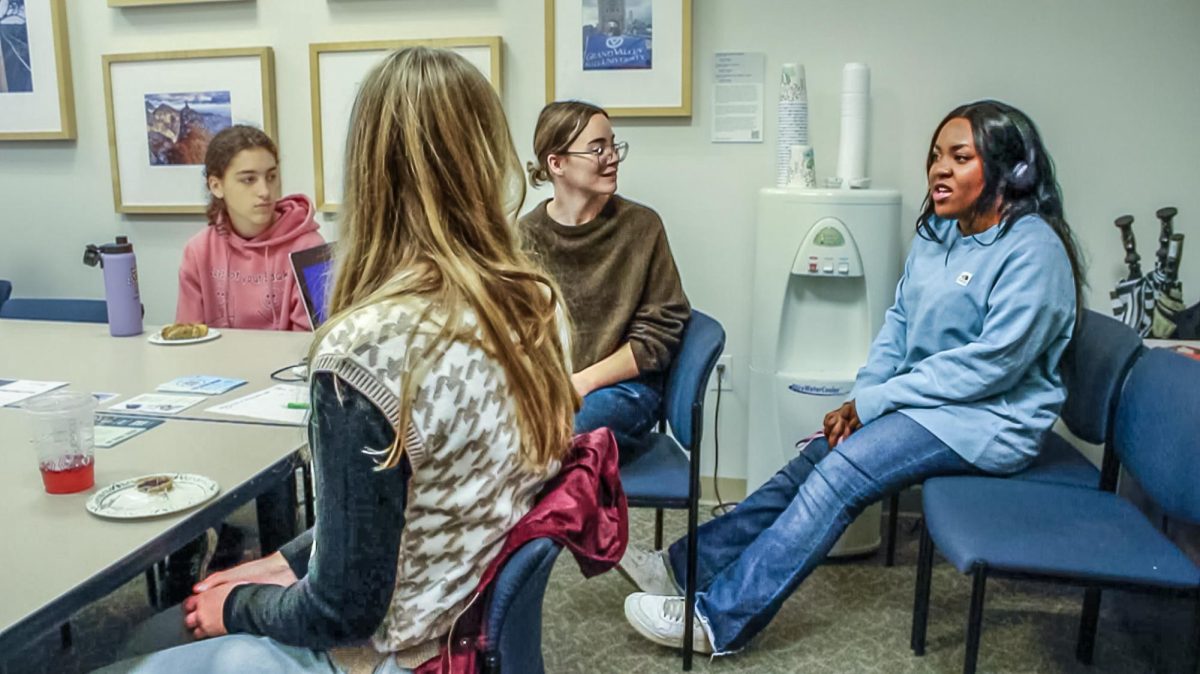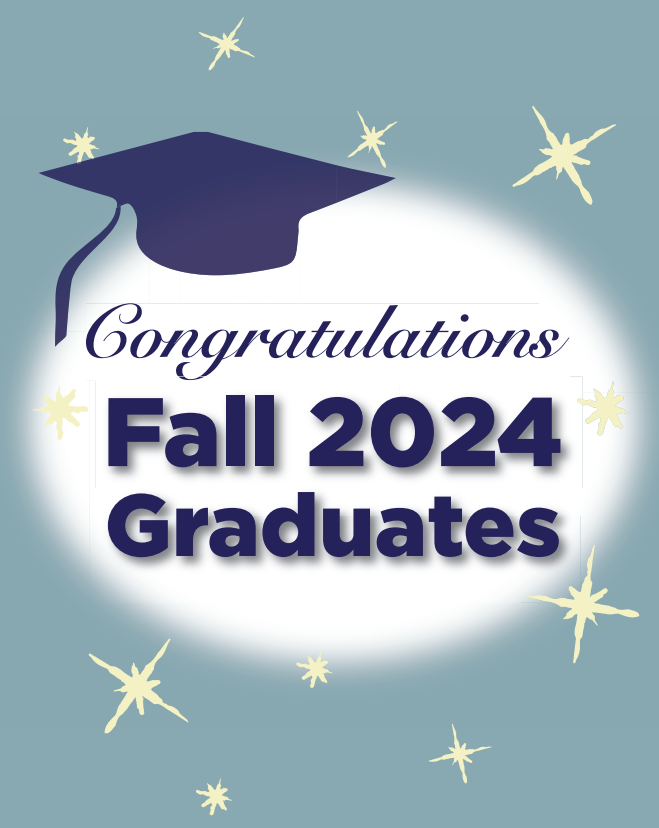Administration defends press scrutiny of salaries
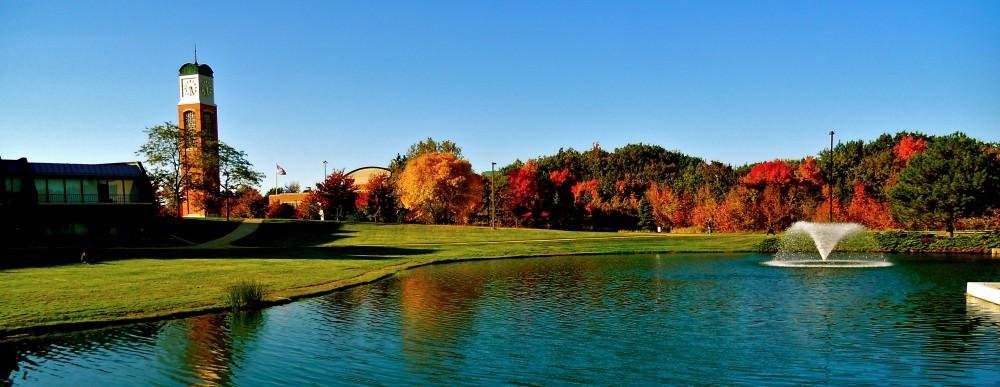
Administrative costs for GVSU for the 2009-2010 academic year was $48 million, the sixth highest in the sate according to a report issued by the State House Fiscal Agency.
Apr 3, 2011
A series of local and state media reports last week detailing administrative salaries at Michigan’s 15 public universities has put the administration of Grand Valley State University under public scrutiny. The most recent report in The Grand Rapids Press Tuesday showed a 48.4-percent climb in administrative costs GVSU in the last five years with administrative salaries during the 2009-2010 school year around $48 million.
According to a report compiled by the state House Fiscal Agency, that’s the sixth-highest among Michigan’s 15 public universities, with more than 71 members of administration paid in six figures in 2010. Salaries for Preisdent Thomas J. Haas and Provost Gayle Davis break the $200,000 mark.
Matt McLogan, vice president of university relations, said the president’s salary is determined by the Board of Trustees. President Haas sets the salaries of administrative officers, who in turn set the salaries of those who report to them.
“When I read the article, I thought it was maybe even deliberately – while perhaps factually correct – conceptually quite misleading,” said Jim Bachmeier, vice president of Finance and Administration. “When someone says something about administrator salaries, I assume they are talking about people just like us over at the administrative buildings.”
McLogan said the term “administrator” as used by both the Detroit Free Press and The Grand Rapids Press includes GVSU’s administrative and professional employees, or APs. APs include all non-teaching professionals, such as those working in admissions, records, counseling, advising centers, student financial aid, student employment office, student life, etc.
“If they take away from that story – and I think it was, to the casual reader – was that university has larded themselves up with a bunch of pointy-headed administrators or gave them big raises, that’s just not true. We did not do that,” McLogan said.
Dave Murray, the Grand Rapids Press journalist who wrote the article in question, said there were no concerns voiced when he spoke to members of administration before publishing the article.
“They knew the numbers I had and were preparing to print,” Murray said. “Not once did any of them raise concerns about administrative definitions.”
Fred Antczak, Dean of the College of Liberal Arts and Sciences, addressed similar concerns in an email sent to members of the CLAS alumni board last week.
“Well, here’s the tyranny of percentages,” Antczak’s email read. “A tyranny I usually hate because of the way tuition increases get reported at a different time of year: the already expensive places have bigger dollar increases, but the media (for reasons I can’t fathom) report only the percentages.
“So they’re off the hook, while institutions like Grand Valley that have been keeping tuition cots low are punished for their frugality. As we know, though the media evidently don’t, parents don’t pay percentages, they pay dollars.”
McLogan said Antczak was not speaking on behalf of the university, but of his own opinions on state appropriations, which have been a consistent university concern.
In 1987, 68 percent of GVSU’s budget was supported by state appropriations and with Gov. Rick Snyder’s new budget proposal, that number threatens to dip down to 17 percent while the university’s enrollment numbers continue to climb.
According to President Haas’ accountability report, enrollment has shot up 53.9 percent in the past 10 years, the highest growth rate among public universities in the state.
GVSU’s head count for Fall 2010 puts enrollment at more than 24,500, which McLogan said is one of the main contributors to the inflation in administrative costs – expanding programs and hiring more faculty and staff to serve the growing student body.
McLogan said AP compensation per student is $2,162 at GVSU while the state average is $4,356, which includes the number of employees and wages they receive.
“In other words, Grand Valley spends 50 percent less on AP employment than the average Michigan public university,” he said.
He also said GVSU has held a steady ratio of 8.2 APs per student – 25 percent fewer than the state average of 6.6.
Despite criticism from some Michigan representatives, McLogan said he does not believe the information released will affect appropriations for GVSU in Snyder’s pending budget.
“They fully understand that Grand Valley has the lowest per-student funding among all Michigan universities, but turns in one of the very best performances,” he said. “Grand Valley’s tuition is ranked ninth out of 15 – below the state average, and our rate of change over 10 years ranks 11th. Yet our retention and graduation rates are at the very top, exceeded only by Michigan Tech, Michigan State and U of M. That we perform so well with so little funding is to be applauded.”
Links to Antzcak’s full letter to the CLAS Alumni Board, the President’s Accountability Report and the Grand Rapids Press article can be found online at www.lanthorn.com.




